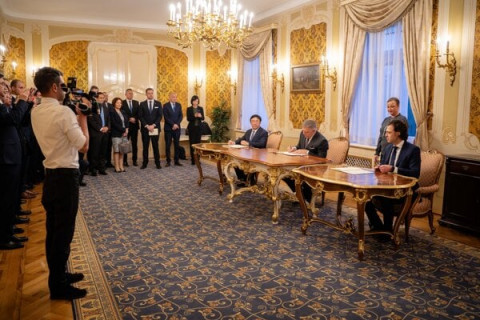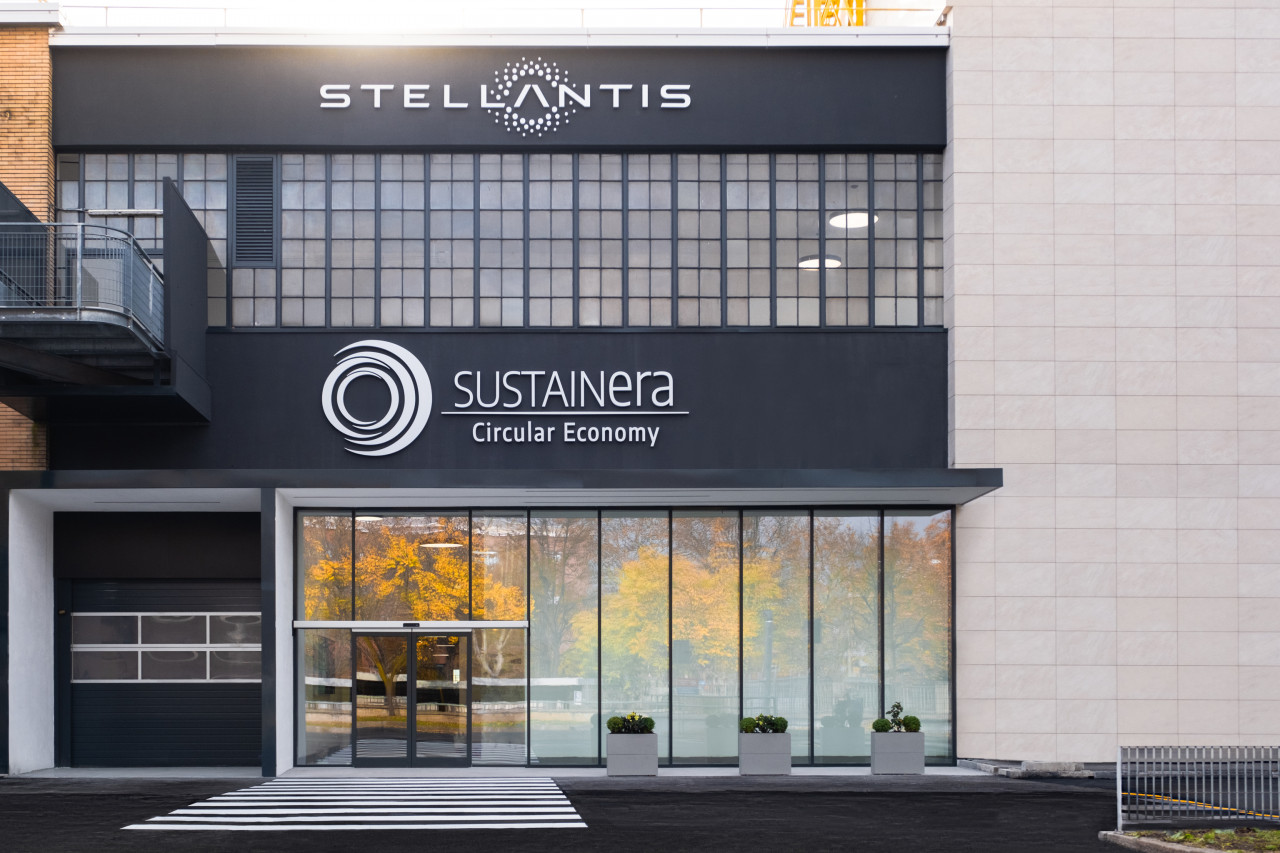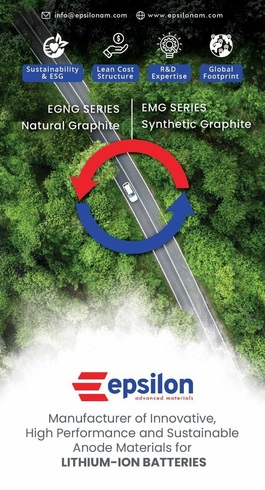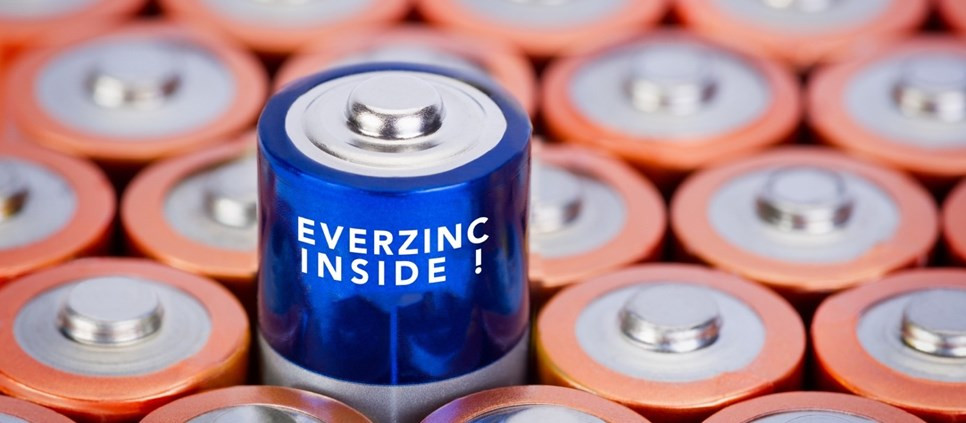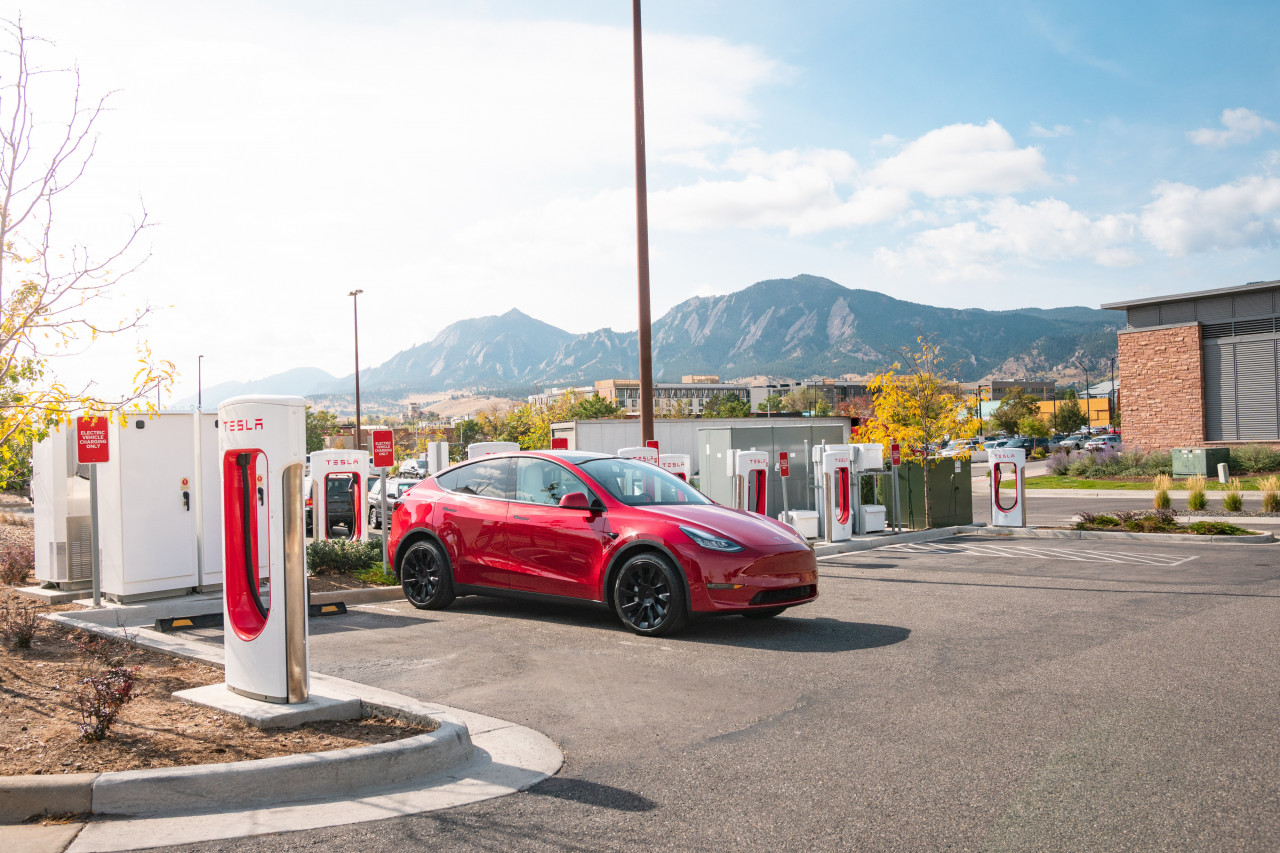Stellantis opens Circular Economy Hub to recycle and reuse old EVs, batteries
Stellantis, the world's fourth largest automaker, has officially opened its SUSTAINera Circular Economy Hub at the Mirafiori Complex in Turin, Italy, months after opening a battery technology center in the same complex.
The hub's primary objective is to extend the life of Stellantis vehicles and auto parts, and the company said it had a comprehensive plan for its circular economy ambitions, based on a 360-degree approach deploying the 4R's: Remanufacture, Repair, Reuse, and Recycle. At end of life, the vehicles are stripped down and parts collected for recycling via remanufacturing, during which they are used to build new vehicles and parts.
In addition, Stellantis noted the hub will also complement its recent moves to strengthen its global electrification ecosystem and become a net zero emitter by 2038. These include:
- A partnership with Orano for pre-treatment during the EV battery recycling process to reclaim cobalt, nickel, and lithium from end-of-life vehicles and scrap from giga factories
- Formation of the SUSTAINera Valorauto SAS joint venture with Galloo to manage end-of-life vehicles
- Tie-up with Qinomic to develop electric retrofitting of light commercial vehicles. The prototype is on display at the Solutrans trade show (running November 21 to 25) at the Lyon Euroexpo, France
- Strategic partnerships for raw EV battery materials and six planned giga factories across Europe and North America
Stellantis forecasts the hub will generate efficiencies and synergies among its activities and help vertical integration of materials and processes. The Circular Economy Business Unit is one of seven accretive business units announced in its Dare Forward 2030 strategic plan, and Stellantis has hiked its 2030 revenue target from recycling operations to more than €2 billion.
The company said it took a circular economy mindset in setting up the hub. It occupies a total area of 73,000 square meters, of which 55,000 square meters were recovered from a partially unused facility. In the process, the company said it recycled more than 5,000 tonnes of metal from obsolete assets. The equipment and machinery used in the facility was repurposed from other locations, which saved the company 55 percent in new machinery and equipment purchases.
John Elkann, Chairman of Stellantis, and Carlos Tavares, CEO of Stellantis, attended the ribbon cutting and inaugurated operations. In a statement, Tavares said: "We are industrializing the recovery and sustainable reuse of materials, building new technologies and advanced capabilities as we grow in this area. We know that our commitment to remanufacturing, repairing, reusing and recycling will not only take pressure off our planet, but it will also bring financial value to Stellantis, safeguarding our shared future as we quickly transform our production and consumption business model."
Stellantis said the hub – which entailed an investment of €40 million – would initially host four activities based on the 4R strategy, but the scope was set to expand in the coming days:
- Remanufacture: Used, worn-out or defective components such as engines, gearboxes and EV batteries will be disassembled, cleaned, and remanufactured to their original OEM specifications, with no loss of quality. Stellantis aims to offer sustainable and affordable spare-part options to customers under the SUSTAINera label. The facility is projected to handle over 50,000 remanufactured parts by 2025, which should rise to 150,000 by 2030.
- Sorting Center (Remanufacture, Recycle): This center will handle worn-out parts, known as cores, which will be key to the facility's remanufacturing and recycling activities. It is estimated to handle 2.5 million parts by 2025, increasing to 8 million by 2030.
- Vehicle Reconditioning (Repair, Remanufacture, Reuse): The hub will have the capacity to repair vehicles using new, remanufactured or used parts. These will be reintroduced into the market through Stellantis' manufacturer-certified used-vehicle program – SPOTiCAR – and the company's sales and services network 'Stellantis & You'.
- Vehicle Dismantling (Recycle, Remanufacture, Reuse): at the end of their life, vehicles become a precious resource for parts that can be remanufactured or reused. They also contain material that can be recycled. Here, Stellantis plans to integrate used OEM parts with stock from its components partner B-Parts and offer them under the SUSTAINera label.
